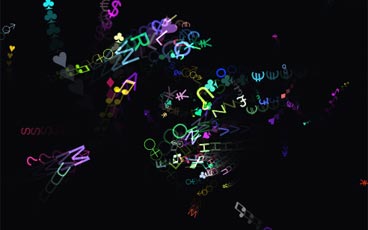This is the final installment of our graphics programming overview. If you havent read the previous articles they can be found here:
In this final installment on graphics programming, we will be looking at Sprite3d. This is a very popular graphics library for HTML5 and javascript development which uses the latest hardware acelerated CSS technologies. In fact we found it so useful that we decided not to wrap it – but rather create a full implementation in object pascal from scratch.
Continue reading



